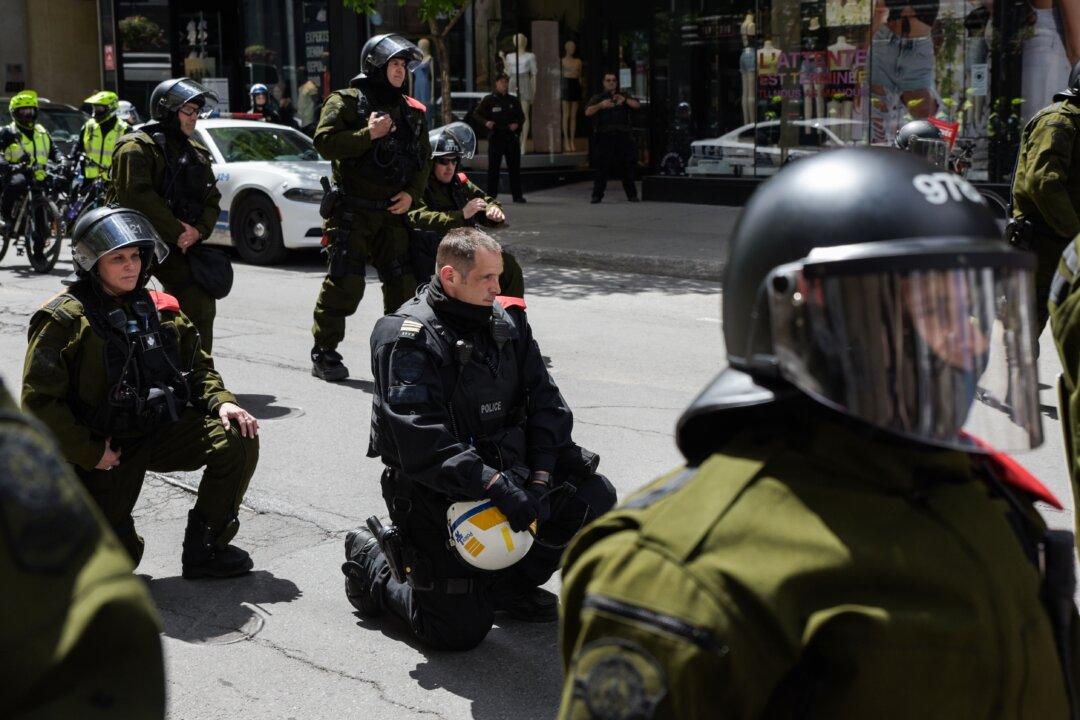Commentary
If you are white, have you taken a knee? Many politicians in Western countries have. So have universities, coffee companies, sports leagues, and museums.

If you are white, have you taken a knee? Many politicians in Western countries have. So have universities, coffee companies, sports leagues, and museums.